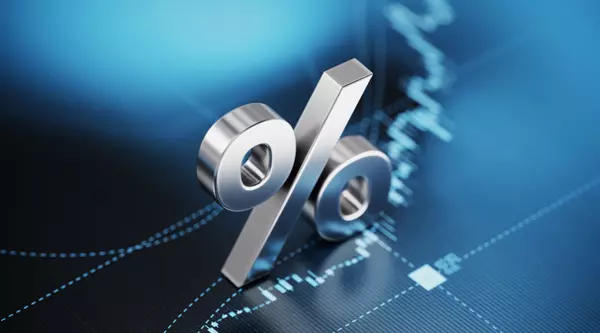Navigating Interest Rates

Navigating the real estate market can be challenging, especially when it comes to understanding how current interest rates affect your buying power. With the Federal Reserve's recent decisions to lower rates, buyers must comprehend how these changes impact mortgage rates and, ultimately, their home-buying journey. One key factor influencing mortgage rates is treasury yields. Let's delve into how treasury yields are affecting interest rates and what buyers need to know in this evolving landscape.
Firstly, it’s important to understand the relationship between treasury yields and mortgage rates. Treasury yields, particularly the 10-year Treasury note yield, serve as a benchmark for various interest rates in the economy, including mortgage rates. When investors are confident in the economy’s growth prospects, they tend to sell off Treasuries, leading to higher yields. Conversely, during economic uncertainty or downturns, investors flock to the safety of Treasuries, driving yields down.
The Federal Reserve's decision to lower rates is typically aimed at stimulating economic activity by making borrowing cheaper. However, mortgage rates don’t always move in tandem with Fed rate cuts. Instead, they are more closely tied to long-term Treasury yields. When the Fed lowers short-term interest rates, it can influence investor sentiment and economic outlooks which in turn affect Treasury yields and subsequently mortgage rates.
For buyers navigating this complex interplay, here are some key considerations:
1. Current Market Conditions: We are currently witnessing a unique scenario where despite the Fed lowering short-term interest rates significantly over recent years, long-term Treasury yields have been relatively volatile due to varying economic data and geopolitical events. This volatility can lead to fluctuations in mortgage rates even if the Fed's policies aim for stability.
2. Impact on Mortgage Rates: Lower Treasury yields generally translate into lower mortgage rates because lenders use these yields as a benchmark when setting their own interest rates. However, if there’s a spike in inflation expectations or significant economic recovery signals, Treasury yields could rise quickly, pushing up mortgage rates as well.
3. Timing Your Purchase: Given that mortgage rates can change rapidly based on shifts in Treasury yields and broader economic conditions, timing your home purchase becomes crucial. Monitoring these trends can help you lock in a favorable rate before potential increases.
4. Financial Readiness: Ensure your financial health is robust before diving into the market. A strong credit score can help you secure better mortgage terms regardless of minor fluctuations in interest rates.
5. Consulting Professionals: Engaging with real estate professionals and financial advisors can provide personalized insights tailored to your financial situation and market conditions.
6. Fixed vs Adjustable Rates: Consider whether a fixed-rate or adjustable-rate mortgage (ARM) suits your needs better. In times of rate volatility influenced by fluctuating Treasury yields, a fixed-rate mortgage might offer more predictability and peace of mind.
In conclusion, while navigating current interest rates as a buyer might seem daunting due to their dependency on factors like Treasury yields and Federal Reserve policies, staying informed and prepared can make a significant difference. By understanding these dynamics and working closely with professionals who keep an eye on market trends, you can make strategic decisions that align with your financial goals and homeownership dreams.
Every buyer’s situation is unique; what works for one person might not be ideal for another. Stay proactive about your research and maintain flexibility in your approach to successfully navigate through this ever-changing real estate landscape.
Categories
Recent Posts




